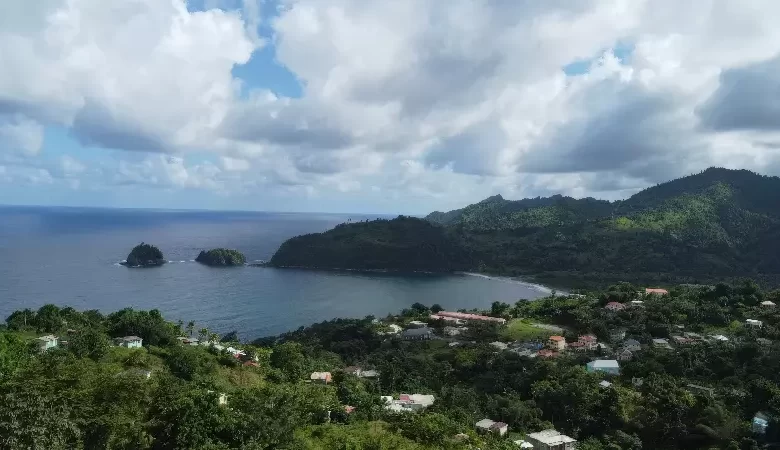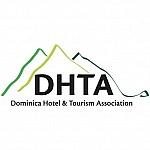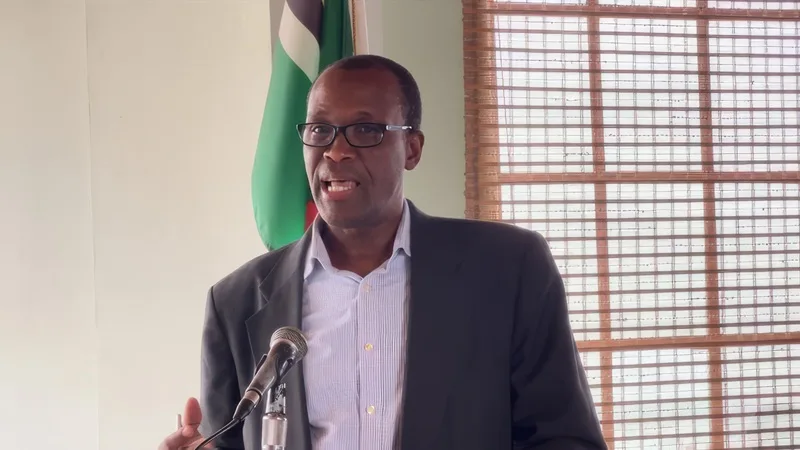Carib/Kalinago Territory

The Carib/Kalinago Territory, historically known as the Carib Reserve, stands as a living embodiment of the cultural heritage of the indigenous people of Dominica. Located within Saint Andrew Parish and extending to parts of Saint David Parish, this region is a sanctuary for the Kalinago people. It boasts breathtaking natural landscapes teeming with biodiversity and rich natural resources. Indigenous tourism allows visitors to experience the Kalinago way of life firsthand, fostering a deeper appreciation for their enduring traditions and the environment they cherish.
About the Carib/Kalinago Territory
The Carib/Kalinago Territory is on Dominica’s East Coast, offering breathtaking scenes of the Atlantic Ocean, and boasts a history that predates European contact. The Kalinago, originally known as the “Caribs” by European colonizers, have inhabited these lands for centuries. The infamous explorer Christopher Columbus sighted Dominica in 1493, ushering in a tumultuous era of resistance and survival for the Kalinago against European encroachments. The Kalinago Territory Act established in 1903, aimed to safeguard a portion of land for the Kalinago, acknowledging their enduring presence.
Cultural and Natural Richness
The territory’s rich tapestry is woven with lush landscapes and vibrant communities. The hamlets of Bataka, Cray Fish River, Salybia, St. Cyr, Gaulette River, Mahaut River, Sineku, and Concord collectively span 3,749 acres, each with unique cultural and ecological footprints. Salybia is notably central, housing the Salybia Health Center and Salybia Police Station, pivotal for community welfare. Nearby, the Salybia Catholic Church is a beacon of spiritual guidance and community gatherings.
Cultural Heritage Sites and Activities
The Kalinago Barana Autê and Touna Kalinago Heritage Village provide immersive experiences into Kalinago traditions through basket weaving, canoe building, and storytelling demonstrations. The Karina Cultural Village further enriches tourists’ understanding by offering a glimpse into the Kalinago’s artisanal skills and sustainable living practices.
Natural attractions within the territory amplify its allure. The serene Salybia Falls and the mystical Isulukati Waterfall near the Horseback Ridge offer tranquil retreats essential to local eco-tourism. The Pagua River, which borders the territory to the west, not only nourishes the land but also serves as a crucial resource for the community’s agriculture and daily needs.
Challenges and Resilience
The Kalinago Territory has withstood numerous natural adversities, including Hurricane Maria, Hurricane David, and Tropical Storm Erika. These events tested the Kalinago people’s resilience but highlighted their profound connection to their land and the need for sustainable management practices. Efforts to rebuild and reinforce infrastructure, such as the essential East Coast Road and Dr. Nicholas Liverpool Highway, which connects the territory to the broader island network, are ongoing.
The Centipede Trail presents a hiking experience that pushes the body and soothes the soul, providing hikers with stunning vistas and a deep sense of solitude. Madjini Pool and Antrizel Beach along Dominica’s East Coast remain popular with those seeking a connection with nature away from the crowded tourist spots.
Governance and Future Directions
Governance within the Territory is managed by the Kalinago Council, an elected body that ensures the community’s voices and concerns are heard and addressed. Plans for future development focus on enhancing educational facilities, like the Sineku Primary School, and healthcare services, ensuring that the Kalinago maintain their cultural integrity while moving towards modernity.
Most of the territory is within the Central Forest Reserve, and Segment #6 of the Waitukubuli National Trail passes through it. This trail encapsulates the essence of Dominica’s rugged landscape and the enduring spirit of its people. It includes sites like Morne Trois Pitons National Park, a UNESCO World Heritage Site, and cultural landmarks like the Jolly John Memorial Park on Memorial Park Road.
Dominica’s Carib/Kalinago Territory is a living museum of indigenous culture, natural beauty, and community resilience. From the historical echoes of Christopher Columbus’ arrival to the contemporary challenges posed by climate change, the Kalinago people continue to navigate their journey with grace and grit. This territory not only preserves the past but also educates and inspires all who visit, making it an essential chapter in the narrative of Dominica and the Caribbean.




